Everything Tastes Better in Summer
Mediterranean reflection on food, family, and the sacred flavor of my childhood, brought to my children, and husband, and mixed to our intentional and slow living lifestyle.
The Appetite of Summer
There is something about summer that wakes the senses. Food tastes different — not only because it’s ripe, but because we are. The hours no longer keep time, they drift, time expands, and our bodies crave what feels alive. Especially here, where I grew up, and where we still spend our summers, along the French Riviera, where eating is never just about filling the belly. It’s instinct, memory, and the kind of pleasure that doesn’t need dressing up.
Summer pulls you into itself. Into peach juice dripping down your wrists, olive oil soaking through torn bread, children running barefoot with tomato seeds stuck to their softly sun-burnt cheeks. It is a season that reminds you how much flavor there is in the world, if only you let it find you.
Mornings: Barefoot Fruit and Quiet Beginnings
Part I.
Summer mornings begin before the heat has gathered its full weight, the windows are left open from the night before, the air still cool enough to stir the curtains, carrying in the faint hum of cicadas waking in the distance. We move barefoot through the house, slow and sun-drowsy, peeling fruit over the sink or slicing it straight onto the table.
Breakfast is rarely elaborate. Sometimes a spoonful of thick yogurt with raw honey from the beekeeper from down the lane, or fresh grass-fed butter on a piece of leftover fougasse if there was a bakery run the day before. But mostly, it is fruit.
Strawberries so ripe they perfume the whole room. Peaches, soft enough to collapse between your teeth. A slice of cantaloupe with a sliver of cured ham, torn with your fingers — a sweet-salty memory of every childhood summer along the Riviera.
Photo: We always aim to credit photos; if this one needs crediting or removal, please contact us with the source.
Mornings: Barefoot Fruit and Quiet Beginnings
Part II.
The children eat without manners, which is to say—perfectly. They eat from your plate, then from the neighbor’s tree, running back with sticky chins, juice running down arms, grins full of sunlight, happy. No one minds. There is no rush to wipe them clean. There is a kind of holiness in the ease of it, in this softness between waking and beginning.
Outside, the light is already warm against the stone. We bring our bowls out, eat with our legs curled beneath us. The day will get louder, fuller, hotter. But for now, we’re reminded that joy doesn’t need to be orchestrated. It just needs to be shared.
Photo: We always aim to credit photos; if this one needs crediting or removal, please contact us with the source.
Midday Tables: Salt, Sun, and Swim Towels Fading in the Heat
Part I.
By midday, the heat has settled in. It clings to the shutters, hums through the walls, fills the kitchen with the scent of ripening fruit and sun-warmed stone. No one wants to cook. We just want to savour everything summer offers — together, and without wasting a minute. We open windows, pour another glass of water, and piece the meal together from whatever is ripe, cold, and ready.
Lunch, in our home, is rarely planned this time of year. It’s assembled casually, and intuitively. A bowl of beef tomatoes from the vegetable garden, sliced thick, dressed with olive oil pressed from our own trees at the village mill, sea salt, a crumble of feta, and torn mint from just outside the door. Pan bagnat wrapped in parchment, its juices soaking into olive oil-rich bread. A few radishes, a wedge of goat cheese with a spoonful of fig jam made by my mom, maybe some tapenade if someone remembered to blend the olives earlier.
Photo: We always aim to credit photos; if this one needs crediting or removal, please contact us with the source.
Midday Tables: Salt, Sun, and Swim Towels Fading in the Heat
Part II.
Sometimes we boil eggs. Sometimes we fry zucchini flowers in batter until crisp and golden. Sometimes we slice open a cantaloupe (or two!) and eat it wrapped in cured meat prepared and by my father a few months back. Often, there’s just bread, good olives, oil and vinegar, sea salt, and whatever the garden or the fridge offers, with a piece of grilled fresh fish from the morning market.
The children graze and return for more. A piece of melon, a slice of cucumber, a bite from your plate. We eat slowly, without ceremony but always with care. On the warm tiled floors of the terrace, at the garden table, on a sunbed, even on a damp towel thrown beneath the fig tree if the bees aren’t too greedy.
Plates are mismatched, cutlery is optional, and yet everything feels enough. More than enough.
This isn’t the kind of lunch you post about.
It’s the kind you remember without trying.
The kind that tastes of salt and oil and belonging.
Photo: We always aim to credit photos; if this one needs crediting or removal, please contact us with the source.
Evenings: Sweetness, Simplicity, and the Last Light on the Table
Part I.
Evenings arrive on a breeze of relief, after heat that pushes you toward water all day. Shadows stretch long across the terrace, and the children’s bodies, golden from the day, begin to quiet. There’s a softness to this hour — the still-wet swimwear hanging heavy over chairs, the scent of lavender rising from the garden, the faint cling of salt still on our skin.
Dinner is rarely planned in advance, and somehow always enough. It is meant for ease, not perfection. Maybe we grill sardines or make a lentil salad with herbs, shallots, and olive oil. There might be a simple omelette, folded delicately with zucchinis and feta, or herbs from the pot outside. A green salad on the side, always — torn by hand, dressed at the last minute.
Photo: We always aim to credit photos; if this one needs crediting or removal, please contact us with the source.
Evenings: Sweetness, Simplicity, and the Last Light on the Table
Part II.
And then there are the things that feel more like tradition than recipe.
Tapenade spooned onto crackers while the children run barefoot through the few last patches of sun. Cold leftover ‘‘pissaladière’’, its anchovy-sweet onion warmth still present even from the fridge. A plate of beignets — not planned, but made with whatever flowers and vegetables the garden gave that day.
The table gathers us again, after naps, after beach swims, after long stretches of play and brimful nothingness. It holds the remains of the day — crumbs, water rings, half-cut fruit, grass underfoot.
And always, something sweet. Our evening ritual: coconut yogurt, with a swirl of apricot jam, fresh raspberries tumbled on top of leftover lemon cake, or simply juicy peaches. A glass of cool coconut milk for the little ones. A spoon shared, a bowl fought over, and finally surrendered.
By then, the light has faded and the tiles are warm beneath our feet. The children curl against us, their hair smelling of sea, chlorine, and supper, and we linger — a little sun-dazed, a little tired, but full. Of food, yes. But also of grace.
A few last words…
A Taste That Linger
What I love most about summer eating isn’t the abundance, though it’s there. It’s its cadence. The lack of rules. The surrender. The unhurried pace. The way food returns to what it was always meant to be — shared, unrushed, woven into the hours like sunlight and laughter.
These meals, patched together from garden and market, from memory and instinct, feed more than the body. They root us. In belonging. In joy. In the assurance that what we have is enough. That the simple can still be sacred.
God didn’t give us su mmer to impress anyone — He gave it so we’d remember how to receive. Fruit in hand. Bread torn between fingers. A child’s face sticky with sweetness. This is provision. This is grace.
And it always, always tastes better in summer.
Summer Table: Four Provençal Staples From My Family to Yours
Some recipes don’t live on paper — they live between generations, passed from hand to hand, made by feel, remembered by taste. These are a few of the ones I return to every summer. The ones my children already know by heart, even if they don’t know the names.
They are simple, but not plain. Honest, but never dull. And always, always made to be shared.
From golden fritters to soup stirred with basil and garlic at sunset, these are the flavors of our summer — sun-fed, salt-touched, and entirely Provençal.
Photo: We always aim to credit photos; if this one needs crediting or removal, please contact us with the source.
Beignets de Fleurs de Courgette
Delicate summer fritters, crisp and airy
Servings: ~12 fritters
Prep: 10 min | Rest: 30 min | Cook: 10 min | Total: ~50 min
Ingredients:
12 fresh courgette flowers (or thin slices of courgette/eggplant)
100g all-purpose flour
1 egg white, whisked to soft peaks
150ml sparkling water (very cold)
1 tsp olive oil
Pinch of fine sea salt
High-quality frying oil
Instructions:
Whisk flour, olive oil, salt, and sparkling water into a smooth batter. Gently fold in egg white. Let rest 30 min. Dip flowers or vegetable slices into batter and fry in hot oil until golden (about 2 min per side). Drain on paper towels, salt lightly, serve immediately.
Note:
Traditionally, these are fried in sunflower or grapeseed oil — but in our home, we avoid seed oils for health reasons. For this recipe we would use expeller-pressed coconut oil or leaf lard instead, both of which keep the flavor delicate without the risks associated with industrial oils.
Traditional Pan Bagnat
Authentic, oil-soaked perfection
Servings: 1 sandwich (individual portion)
Prep: 10 min | Press/Rest: 30 min | Total: ~40 min
Ingredients (for 1 person):
1 small round olive-oil-based country loaf (pain bagnat or pain de campagne)
1 small garlic clove, halved
1 tbsp extra virgin olive oil
1 tsp red wine vinegar
1 tsp black olive tapenade
2–3 slices ripe tomato
A few thin slices green pepper
1–2 anchovy fillets or a few Niçoise olives
1 hard-boiled egg, sliced
A few thin slices radish
1 tbsp baby broad beans (young dabs), if available
A few leaves of romaine or batavia lettuce
Sea salt and freshly ground black pepper
Instructions:
Slice the top off the loaf and hollow out a little of the crumb to make room for the filling. Rub the inside with garlic, then drizzle with olive oil and vinegar. Spread the base with tapenade. Layer tomatoes, peppers, anchovies, egg, radish, broad beans, and lettuce. Season lightly. Close, wrap tightly, and press under weight for 30 minutes. Best enjoyed outdoors, with the juice soaking into the bread and down your forearms — as it should.
Pissaladière
Sweet caramelised onion tart from Nice
Servings: 6–8 slices
Prep: 20 min | Cook: 40 min | Total: ~1 hr
Ingredients:
Homemade pâte à pain or Provençal-style bread dough (250–300g), rolled thin
1kg yellow onions, thinly sliced
6 anchovy fillets in oil, halved lengthwise (or more to taste)
12–15 Niçoise black olives (whole or halved)
4 tbsp olive oil
1 bouquet garni (thyme, bay leaf, and parsley)
Sea salt (just a pinch, due to anchovies)
Optional: ½ tsp sugar
Instructions:
In a wide pan, heat olive oil over medium-low and add the onions and bouquet garni. Cook slowly for 30–35 minutes, stirring often, until onions are golden, soft, and sweet. Remove herbs.
Roll out your homemade dough to fit a baking tray (round or rectangular), about 5mm thick.
Spread the caramelised onions across the surface.
Arrange anchovy fillets in a lattice or scattered pattern and nestle olives in between.
Bake at 200°C (conventional mode, center rack) for ~20 minutes, or until the edges are crisp and the base golden.
Serve warm or at room temperature, ideally with chilled rosé and sun on your shoulders.
Soupe au Pistou
A sun-fed Provençal vegetable soup with a basil-garlic finish
Servings: 6–8
Prep: 30 min | Cook: 1 hr | Total: ~1 hr 30 min
For the Soup:
2 tbsp olive oil
2 medium leeks, white part only, finely sliced
2 carrots, peeled and diced
2 courgettes, diced
200g green beans, trimmed and chopped
3 ripe tomatoes, peeled and chopped (or 2 tbsp tomato paste)
1 medium potato, peeled and diced
1 small handful of white beans, soaked overnight
1 handful of large pasta
1.5–2L water (or enough to cover + allow for simmering)
1 tsp sea salt + more to taste
For the Pistou (to stir in at the end):
2 garlic cloves
1 large bunch fresh basil
50ml olive oil
1 small tomato, grated or peeled and crushed (optional but traditional)
Optional: 30g grated hard cheese (Parmesan or aged sheep cheese), stirred in just before serving — or left on the table
Instructions:
In a large pot, heat olive oil over medium and sauté the leeks until soft. Add carrots, courgettes, and green beans. Stir gently for 5 minutes.
Add tomatoes, white beans, and enough water to generously cover. Bring to a boil, then reduce to a simmer. Cook for 45 minutes, adding potato halfway through.
After 45 minutes, add the pasta and cook until just tender. Taste and adjust salt.
Meanwhile, prepare the pistou: using a mortar and pestle (or blender), crush garlic and basil with a pinch of salt. Add tomato (if using) and olive oil gradually until a thick, spoonable paste forms.
Remove soup from heat. Stir in the pistou just before serving — or bring it to the table for each person to swirl into their bowl.
Related Reads You’ll Love

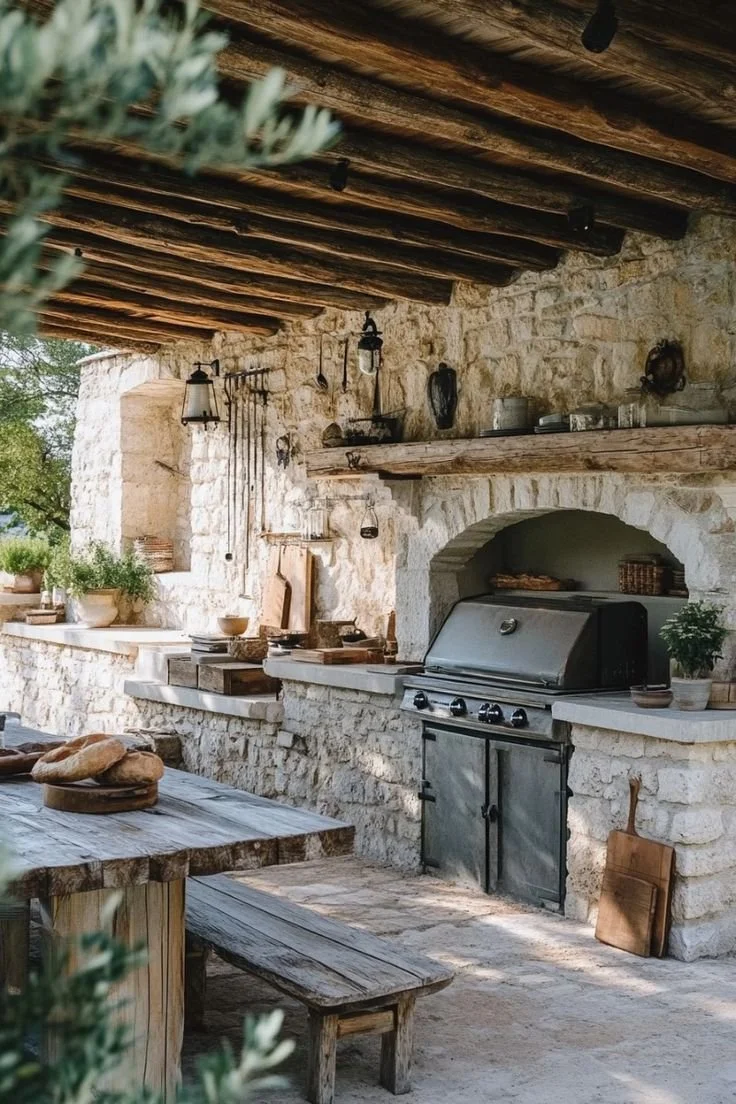
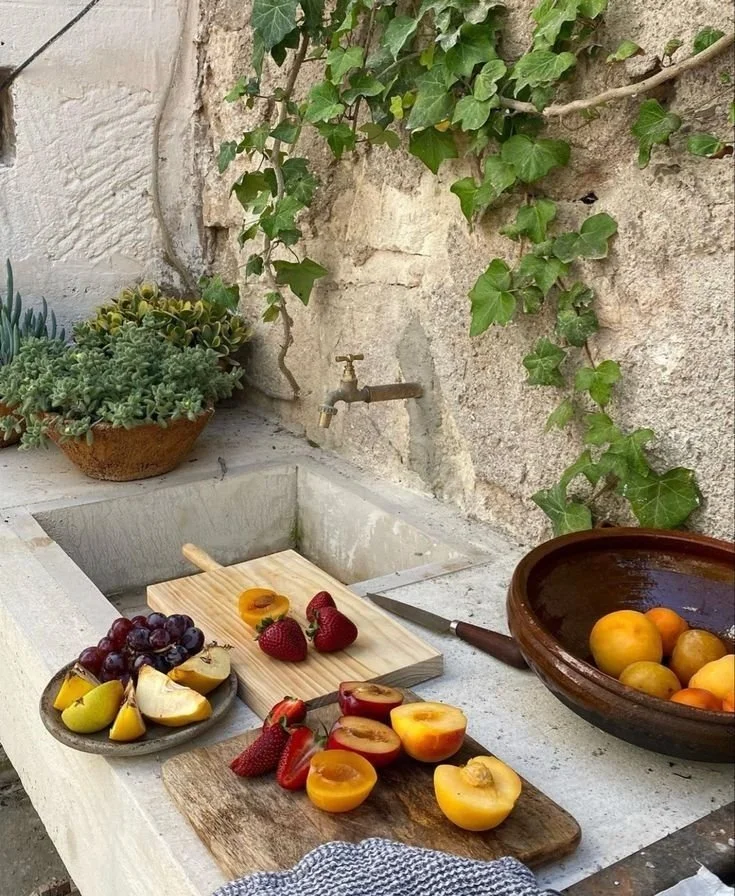
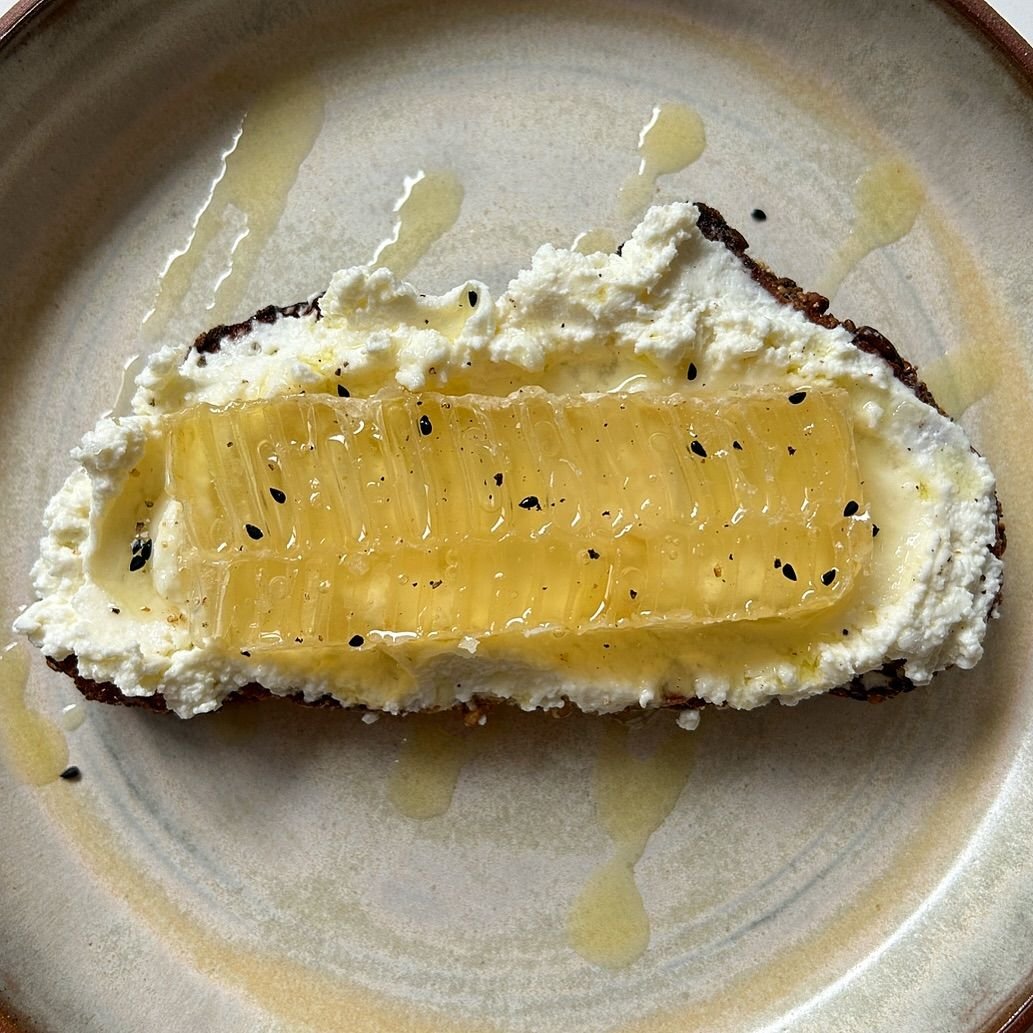
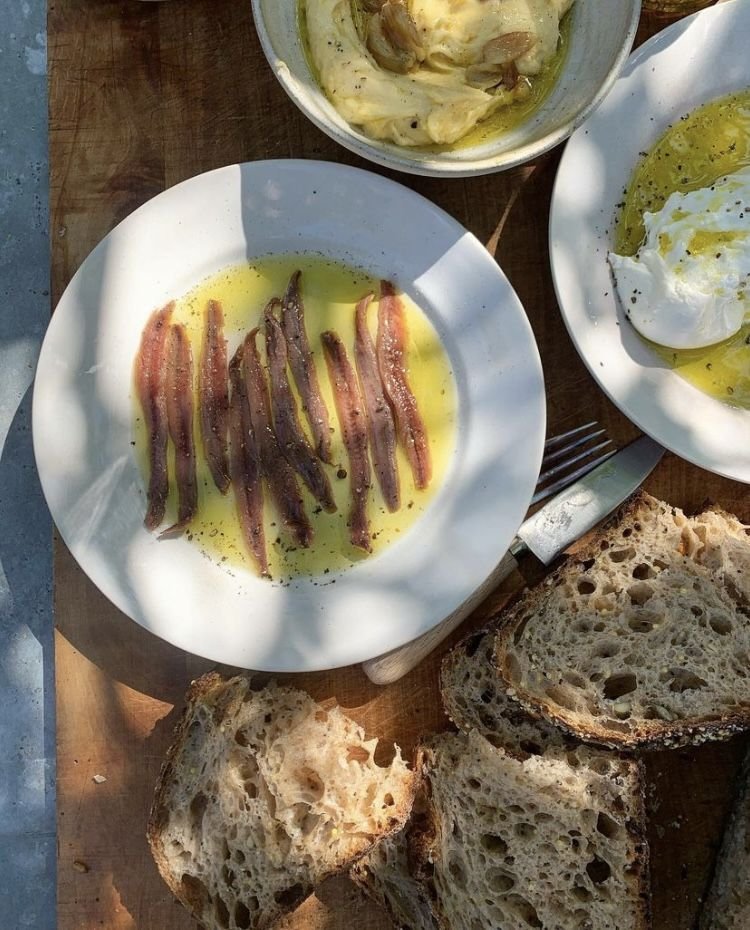

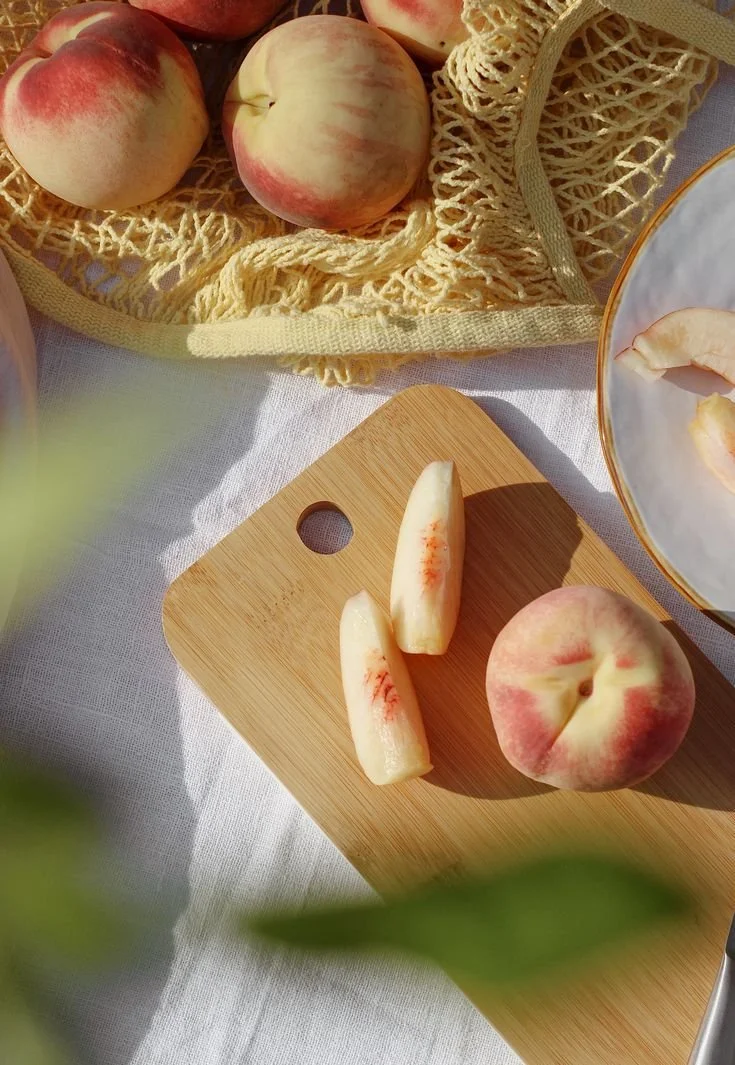

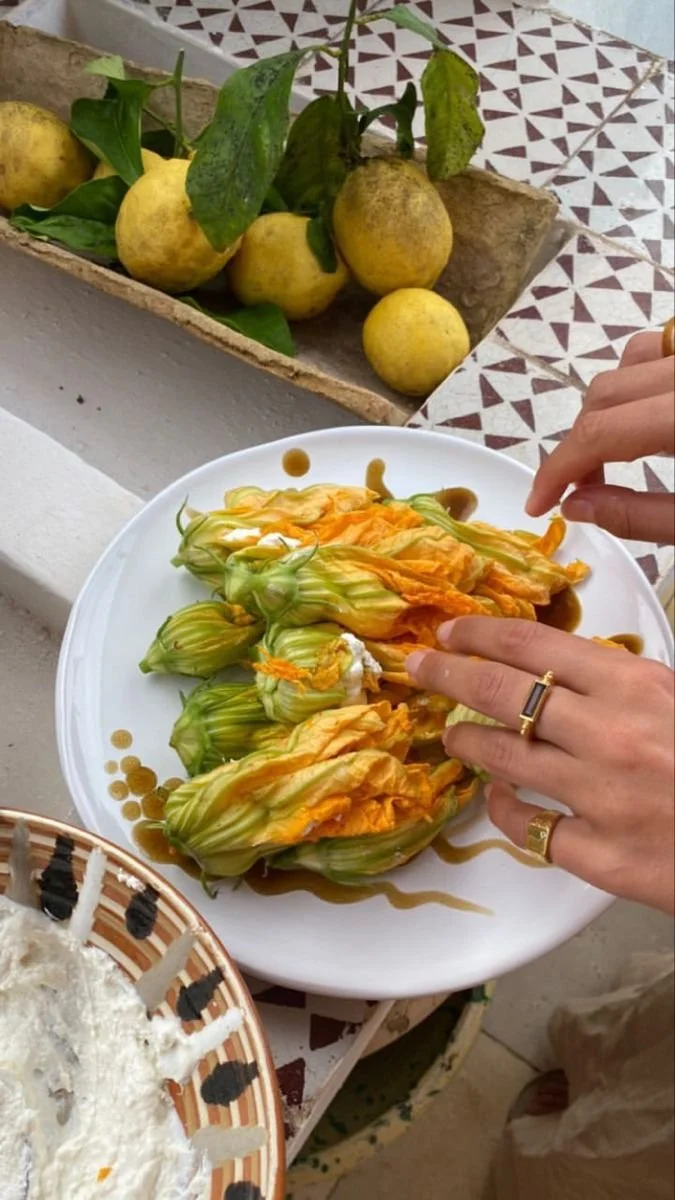







A season-by-season, step-by-step guide to fermenting, preserving, and reviving living foods at home — from sourdough and kefir to pickles, ginger bug, and wild herbal ferments. Ancient rhythms, biblical wisdom, and practical how-tos for your living pantry.